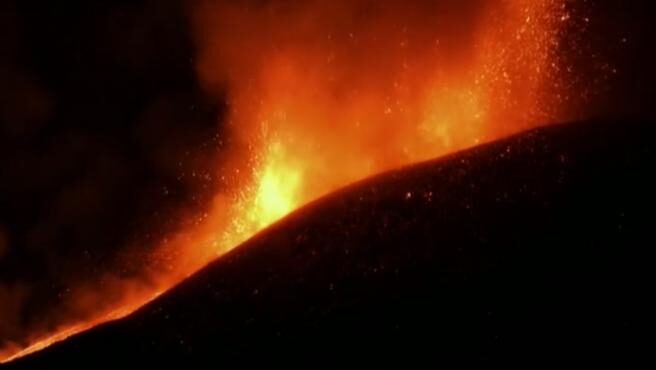
The recorded tremors came from a depth of around 3,000 metres above sea level, reaching average values. A forecast model predicts the volcanic plume will travel in a south-westerly direction.
Vincenzo Bellini airport in Catania remains fully operational, and has not been affected by the expulsion of ash, which was described as "discontinuous and slight".
Since 1980, the northeast crater of Etna, at 3,324 metres, was considered the highest of the Sicilian volcano. Before its edges gradually eroded, the crater actually reached a maximum height of 3,350 metres in 1981.
Etna is an active stratovolcano on the east coast of Sicily, located in the Metropolitan City of Catania, between the cities of Messina and Catania, and is one of the world's most active volcanoes, in an almost constant state of activity.
Over a six-month period in 2021, it erupted so much volcanic material that its height increased by approximately 100 feet, making the southeastern crater now the tallest part of the volcano, as reported by 20minutos.es.



Reader Comments
to our Newsletter